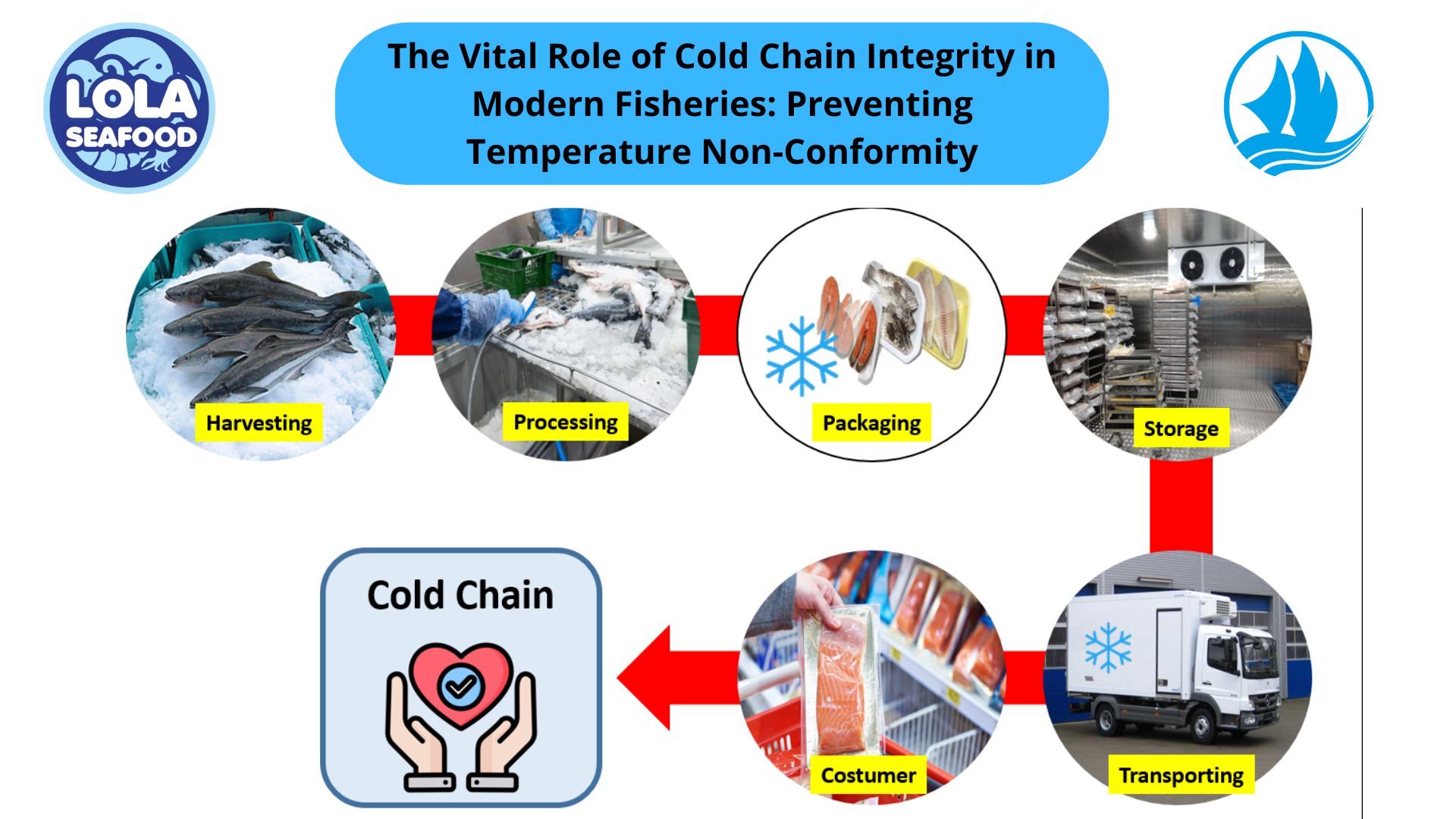Recirculating Aquaculture System For Fish Farming
By. Nevanda - 16 Jun 2023
kelolalaut.com - A Recirculating Aquaculture System (RAS) is a type of fish farming method that operates in a closed-loop system, where water is continuously recirculated and reused, minimizing water exchange with the external environment. RAS is commonly used for both freshwater and marine species and offers several advantages in terms of water conservation, environmental sustainability, and control over production conditions.
Here are some key features and characteristics of a recirculating aquaculture system:
1. Water Filtration and Treatment
In RAS, water is continuously filtered and treated to maintain optimal water quality for fish growth. Mechanical filters remove solid waste particles, while biological filters support the growth of beneficial bacteria that convert toxic ammonia into less harmful compounds. Additional treatment processes such as degassing, oxygenation, and UV sterilization may be employed to ensure water quality and disease prevention.
Read also: Pen Culture Farming System in Aquaculture
2. Tank Systems
Fish are reared in tanks or culture units within the RAS. The tank systems provide a controlled environment for fish growth and can be designed to accommodate the specific needs of the species being cultured. Tanks are typically made of durable materials, such as fiberglass or concrete, and are equipped with appropriate aeration and monitoring systems.
3. Water Recirculation
The core principle of RAS is water recirculation. Water from the culture tanks is circulated through the filtration and treatment systems before being returned to the tanks. The recirculation process minimizes water consumption and reduces the environmental impact associated with traditional aquaculture systems that rely on large water bodies.
4. Monitoring and Control
RAS requires close monitoring and control of various parameters to ensure optimal conditions for fish growth. Parameters such as water temperature, dissolved oxygen levels, pH, ammonia, nitrate, and carbon dioxide concentrations are continuously monitored using sensors and automated control systems.
Read also: Net Cage Farming System in Aquaculture
5. Feeding and Nutrition
Fish in RAS are typically fed a formulated diet consisting of pellets or granules. Feeding rates are carefully regulated based on the nutritional needs of the fish, growth rates, and water quality conditions.
6. Disease Management
The closed-loop nature of the system can help reduce the risk of introducing pathogens from the external environment. However, strict biosecurity measures, including regular health monitoring, quarantine protocols for new stock, and good hygiene practices, are implemented to minimize the spread of diseases within the system.
Read also: Fish Farming Using Pond System
.jpg)
The Impact of HACCP-Based Integrated Quality Management Programs on the Quality and Competitiveness of Fresh Demersal Fish Products
 and Employee Productivity on the Demersal Fish Processing Floor.jpg)

.jpg)




